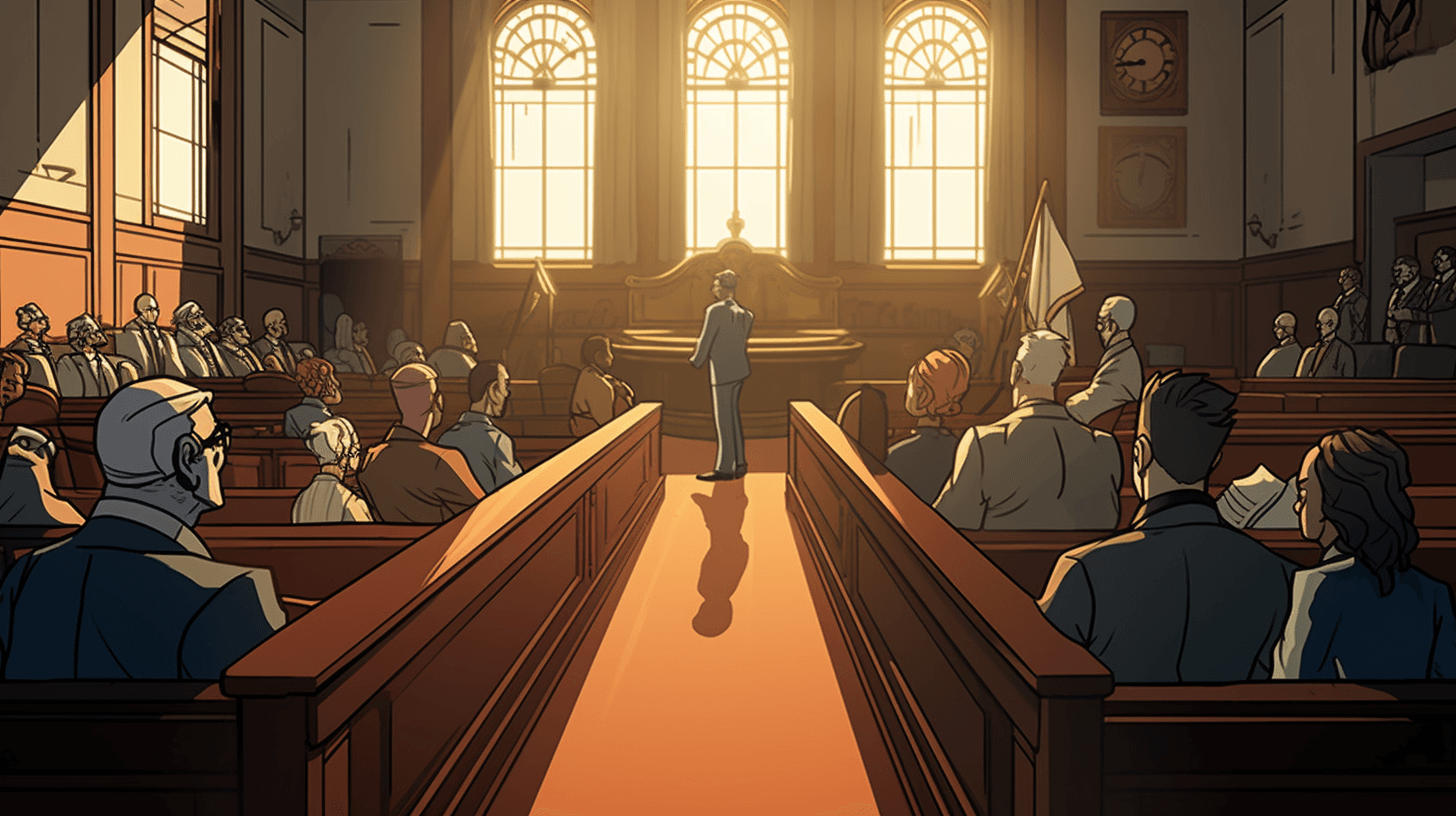September 18, 2025

The trial is the heartbeat of the justice system. It is the phase most people imagine when they think of law: attorneys presenting evidence, witnesses testifying, juries deliberating, and judges issuing rulings. But while the drama of the trial attracts attention, the legal side of a trial is highly structured, governed by centuries of law, precedent, and constitutional protections.
Every trial is more than a contest of stories; it is a tightly regulated procedure designed to ensure fairness. Trials connect directly with what comes before and after — from investigation and pretrial motions to The Legal Side of a Verdict, The Legal Side of a Sentence, The Legal Side of an Appeal, and even post-conviction relief like The Legal Side of a Parole Hearing or The Legal Side of a Pardon.
The Stages of a Trial
The structure of trials is consistent across jurisdictions. Though criminal and civil trials differ, the flow remains similar:
This progression is meant to guarantee fairness, but much depends on how effectively attorneys navigate each step.
The Role of Lawyers During Trial
Attorneys are indispensable in shaping outcomes. In criminal defense, lawyers protect constitutional rights — ensuring evidence is lawfully obtained, witnesses are reliable, and procedures are followed. In civil litigation, attorneys shape narratives about liability and damages.
Their responsibilities include:
The verdict, as detailed in The Legal Side of a Verdict, often reflects how effectively attorneys have executed these trial functions.
Criminal vs. Civil Trials
Though both follow structured rules, criminal and civil trials serve different purposes.
Civil trials, like those in Case Study: Resolving a Complex Real Estate Title Dispute, often hinge on technical interpretation of documents. Criminal trials, such as Case Study: Defending a Client Against Federal Drug Trafficking Charges, often hinge on constitutional rights, forensic evidence, and credibility.
Jury Trials vs. Bench Trials
In many cases, parties can choose between a jury trial and a bench trial:
Verdicts differ depending on the decision-maker, but both are subject to appeal and must comply with due process.
Evidence and Its Challenges
The lifeblood of any trial is evidence. But evidence is subject to rigorous legal controls:
The ability to challenge or defend evidence often determines verdicts. Errors here frequently form the basis of appeals.
The Verdict and Its Aftermath
The verdict is the most anticipated moment of a trial, but it is rarely the final word. As discussed in The Legal Side of a Verdict, a jury’s decision is followed by sentencing in criminal cases, or by judgments and damages in civil cases.
From there:
The trial is the centerpiece of this continuum, but it is never isolated from what comes before or after.
Case Studies Demonstrating Trial Advocacy
The Human Element in Trials
Trials are not just legal exercises — they affect people profoundly. For defendants, a trial may determine freedom. For plaintiffs, it may mean restitution. For families, it means upheaval or relief. Lawyers must manage both the technical and emotional aspects, as emphasized in Our Family Law Services: Compassionate Counsel for Divorce & Separation.
Why Choosing the Right Firm Matters
Trial success requires preparation, communication, and resources. The right law firm offers:
High-stakes trials, like Why Law Firms Excel at High-Asset Divorce Litigation, require this level of sophistication and strategy.
Conclusion
The legal side of a trial is structured, technical, and profoundly impactful. It is the centerpiece of the justice system, but it does not stand alone. Trials flow into verdicts, sentences, appeals, parole hearings, and pardons. Each step is interconnected, and each requires careful legal advocacy.
For individuals facing trial, the key lesson is that preparation and representation matter. A trial is not just a contest of facts; it is a carefully regulated process where skilled lawyers shape outcomes and futures. By understanding the legal side of a trial — and how it connects to The Legal Side of a Verdict and beyond — clients can face the courtroom with clarity, strategy, and hope.
Stay up to date with the latest tips, expert insights, product reviews, and step-by-step guides to help you grow, create, and succeed—no matter your industry or passion.